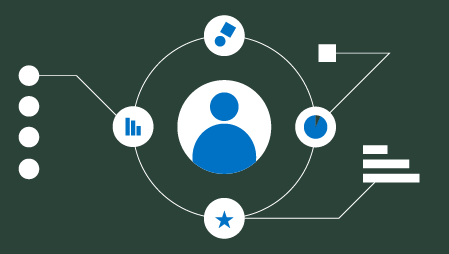Ready to learn Big Data? Browse Big Data Training and Certification Courses developed by industry thought leaders and Experfy in Harvard Innovation Lab.
Day in and day out, technology evolves at an alarming rate, so much so it seems almost pointless to make a push for the leading edge. By the time you adopt new technologies and systems into your business environment, there’s something new and more efficient coming along right behind it.
Piggybacking off of that, sometimes an upgrade is nothing more than a new firmware or software download. Applications or devices receive an official update, and you just have to take the time to configure.
These examples highlight two separate scenarios where technology may become outdated. The first is physically, where entirely new hardware is introduced or replaces old tech. The second is digitally in the form of a firmware or software upgrade, most often delivered through security patches.
For a busy soul, it’s easy to get caught up in either scenario, resulting in the regular use of outdated, inefficient technologies. But what you may not know is that this issue can have a profound impact on your business, productivity and workflow.
The Caveats of Outdated Technology
Upgrades in either form, physical or digital, generally come with a variety of improvements in both usability and functionality. This change can be especially true with version or hardware upgrades, where new features are introduced or old functions are improved considerably to boost performance.
If and when this change happens — and you’re still using outdated tech — it immediately does a number on your business performance and competitive level. With each new system or device, it becomes increasingly more difficult to compete in the market, more so if your rivals are using the new systems. It also significantly limits your organization and team’s ability to respond to recent changes in the market. If a product or system is lacking a feature that new tech has, that’s one less thing you can take advantage of in the context of operations.
The negative implications of outdated tech are even more exacerbated when they involve customer experience and usability. Customers expect a streamlined and convenient user interface when using systems and technology, and that applies to your employees as well. Outdated technologies can result in sub-par experiences, which means your business is judged on its inability to keep up.
Finally, there’s the more technical nature of utilizing outdated tech, which can have a decidedly damaging influence. This shortcoming includes potential scenarios such as data loss, increased vulnerability to cyber attacks, lack of data or connection security, poor performance and even improper operations. All of these issues can introduce a crippling effect on your personnel and teams who find their time and efforts derailed by ineffective or broken solutions.
It’s also important to remember that while the most common forms of devices are computers, tablets, mobile tools, IoT equipment and sensors, servers and the like, there are outlying devices that should be regularly updated too. More specifically, alternate network equipment is important to keep updated, including Ethernet switches, wireless network controllers, routers and internet gateways. Many of these technologies are also changing regularly, and it’s just as important to keep them prepared.
Data and Cyber Security, If Nothing Else
As mentioned, one of the technical challenges with using outdated technologies or systems is that your network and devices end up more vulnerable to outside influence. Many major security patches — meant to fix existing holes or vulnerabilities — are delivered via firmware upgrades and sometimes even hardware revisions. If and when you fail to make the upgrade, you’re subjecting everyone you engage with — from your personnel to your customers — to security risks.
Investing in new and improved enterprise technology solutions is definitely an expensive and challenging process, but it’s something that no business should ignore. At the very least, staying on newer, more secure hardware and software is worth the data- and cybersecurity enrichment.
Small and medium-sized businesses lost an average of $2,235,000 in 2017 due to cyber attacks. Furthermore, 60 percent of small businesses agree that cyber attacks have become both more severe and more sophisticated in recent years. You must leverage every available opportunity to bolster security in order to cut down on the risk of a potential breach or attack.
Establish a Regular Update Process
It’s easy to hold fire to IT and security teams, hoping they’ll stay up-to-date with the latest software and firmware updates. It’s another thing to actually audit their work and discern just how often they’re following through. The same can be said of the equipment, hardware and devices at your disposal.
The surefire way to ensure that your systems are as up-to-date as possible is to develop a regular or perpetual improvement process. Enact processes that call for the assessment of existing systems and devices, and take immediate action if need be.
Ultimately, the goal is not just to be on the leading edge, but to stay there. You need a consistent and reliable process for ensuring all your systems are secure and up-to-speed. Once you have that, you’ll be unstoppable.




